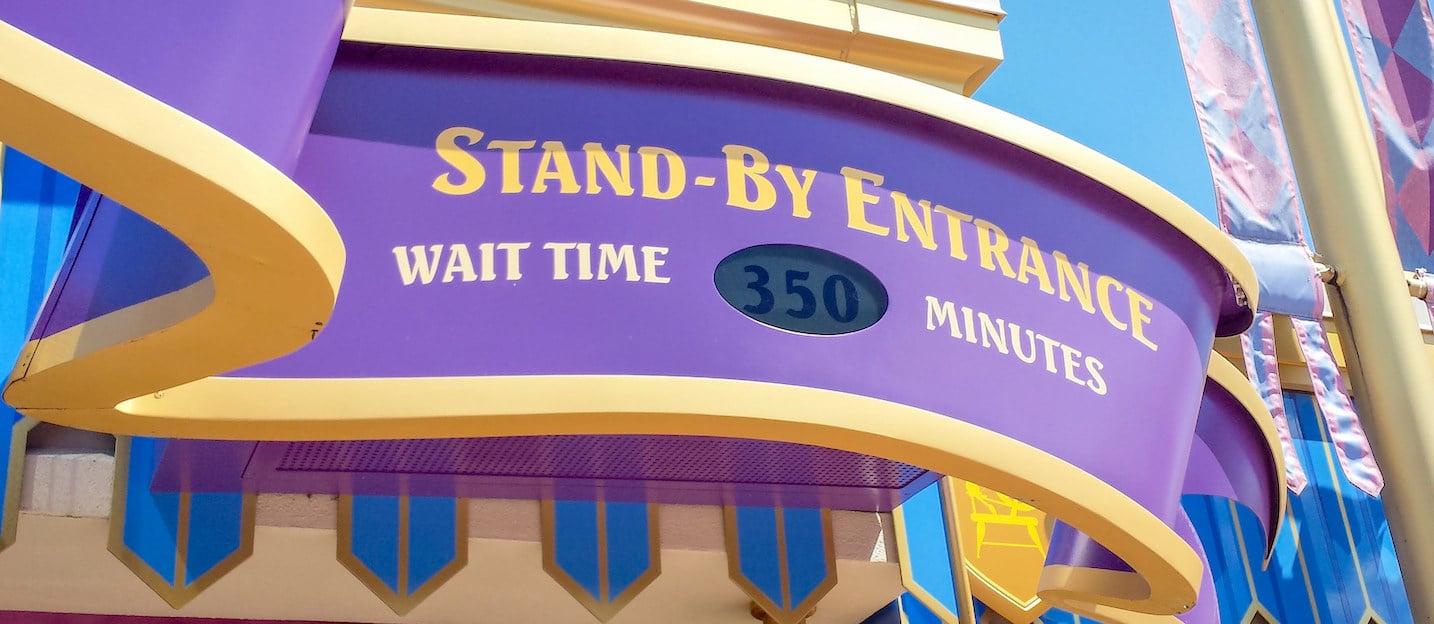If there's one thing I can't stand, it's waiting. When I'm forced to wait, I feel like someone is stealing a part of my life that I'll never get back. And I suspect many of you or your customers may feel the same way.
The purgatory of waiting can kill the customer experience.
In 2012, Alex Stone wrote an article for the New York Times called "Why Waiting is Torture." He explained the psychology of waiting; how customers react to various dynamics in their waiting experience.
Occupied time feels shorter than unoccupied time.
Airport customers complained about having to wait 8 minutes for their luggage. The airport moved arrival gates farther away from the luggage carousels, so that customers had to walk several minutes longer to get to the carousels.
While the total time from getting off the airplane to getting their luggage had not changed, the customers stopped complaining, because they were given something to do, during the "wait time." How can you occupy your customers' time, while they're waiting?
Our expectations affect how we feel about lines.
Uncertainty magnifies the stress of waiting, while feedback in the form of expected wait times and explanations for delays removes some of the pain of the wait. Beating expectations feels like a better experience.
And if it feels like it, it is.I was waiting on the phone for a Tech Support Rep recently, and the recording said, "You're hold time is approximately 4 minutes." When a Rep answered in 2 minutes, my mood changed from anxiety to happy. What can you do, to set beatable expectations for customers who are waiting?
Our memories of a waiting experience are strongly influenced by the final moments.
When a long wait ends on a happy note — the line speeds up, say — we tend to look back on it positively, even if we were miserable much of the time. People remember most what happened last, so be sure to give them a happy surprise at the end of their wait.
After a long wait in a book store recently, the cashier said to me, "I'm sorry you had to wait so long - one of our cashiers is out sick, so we're trying to compensate as best we can." That explanation and authenticity appealed to my human side, and made me feel a lot better about the whole experience. How can you give your customers a happiness boost, at the end of a wait in line?
Our perception of fairness influences how we feel about a line.
Perhaps the biggest influence on our feelings about lines has to do with our perception of fairness. Surveys show that many people will wait twice as long for fast food, provided the establishment uses a first-come-first-served, single-queue ordering system as opposed to a multi-queue setup.
When I hear a cashier say, "I'll take the next person in line," I feel like I'm being treated fairly. How can you restructure your customers' waiting process, to enforce fairness?
The more valuable it is, the longer one is willing to wait for it.
If you're selling high-end products or services, perhaps you can afford the luxury of giving customers longer wait times. But my feeling is, customers who buy high-end goods are far less willing to wait for anything.
Research on the psychology of waiting in line reveals five dynamics that impact the customer experience. Businesses can apply any of these five principals to their customers' waiting experiences to improve the customers' feelings about the wait, and ultimately, how they feel about doing business with you.
Now don't wait - do something!


 Microsoft Teams
Microsoft Teams
 Workday
Workday
